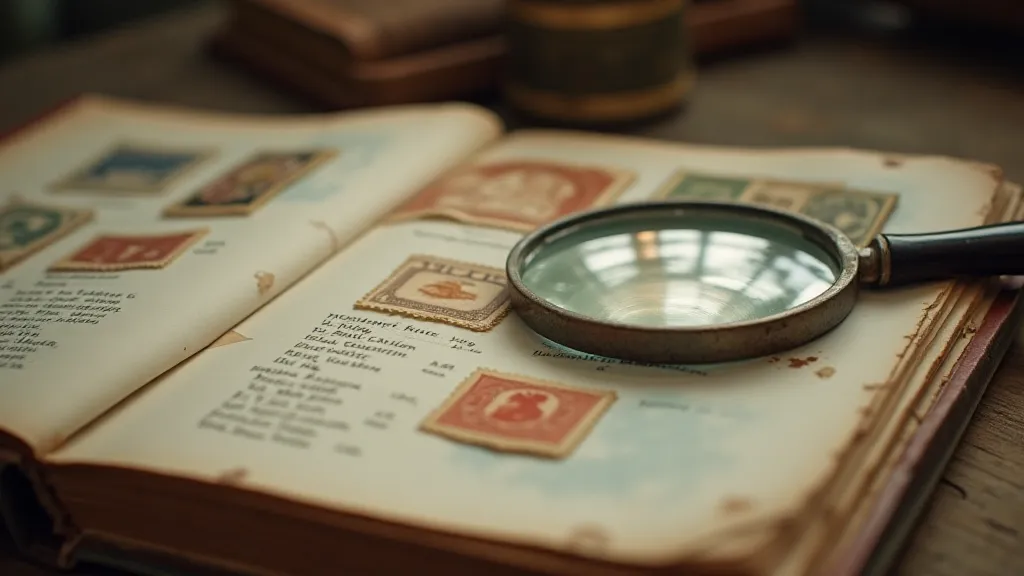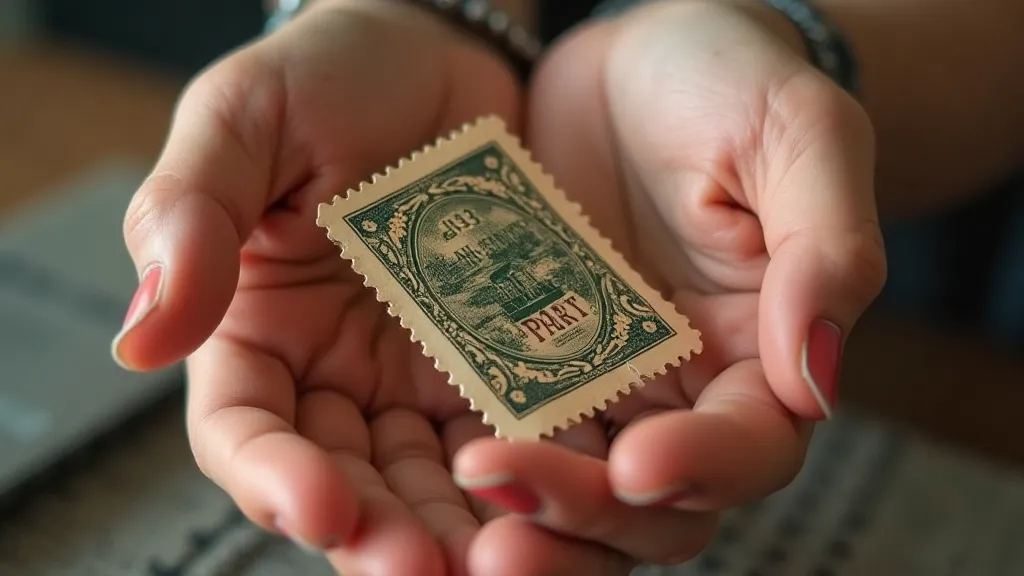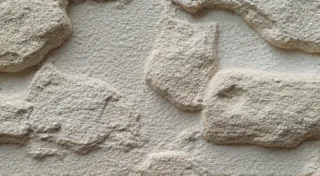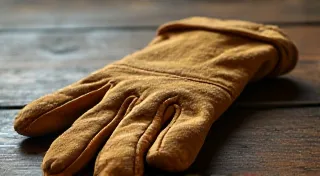The Echoes of Error: Examining Misprints & Flaws in Stamp Production
There's a certain melancholy beauty to imperfections. In the meticulously crafted world of vintage postage stamps, those imperfections – the errors, the misprints, the unexpected color shifts – hold a peculiar fascination. They aren't blemishes; they're echoes of history, whispers of the processes involved in their creation, and, often, the keys to significant philatelic value. Collecting stamps isn't just about owning pretty pictures; it’s about connecting with a vanished era, understanding the human ingenuity (and occasional fallibility) that brought those tiny messengers to life.
My own journey into philately began not with a quest for rarity, but with a simple curiosity. As a child, I inherited a dusty album from my grandfather. It wasn’t a pristine collection, meticulously organized by catalog number. It was a chaotic jumble, a testament to a lifetime of casual collecting. I remember being particularly drawn to a Penny Black with a slightly blurred image – a tiny flaw that somehow made it more compelling than the flawless examples I’d seen in books. That small imperfection sparked a lifelong fascination, pushing me to appreciate the nuances and the stories embedded within each stamp.
The Human Hand in Production
Before the age of digital printing and automated processes, stamp production was a deeply human endeavor. Engravings were painstakingly carved into metal plates, colors were mixed and applied by hand, and printing presses, while becoming increasingly sophisticated, still required a great deal of manual operation. This meant that errors, while often unintended, were inevitable. And it’s those mistakes that make vintage stamps so compelling for many collectors.
Consider, for example, the famous "Inverted Jenny" airmail stamp of 1918. The image of the Curtiss JN-4 biplane was accidentally printed upside down – a colossal error that instantly transformed what would have been a commonplace stamp into a legendary rarity. It’s a story that encapsulates the vulnerability of the process, the reliance on skilled labor, and the potential for unintended consequences.

Types of Stamp Errors: More Than Just Inversions
While inverted errors like the Jenny are the most celebrated, the world of stamp flaws is far more diverse. Here's a glimpse at some other commonly encountered anomalies:
- Color Errors (Variations): These occur when the wrong color ink is used, or when the ink mixture is off. They can range from subtle shifts in hue to dramatic changes in appearance.
- Position Errors: This involves misaligned designs, where parts of the image are cut off or overlap.
- Plate Flaws: These are imperfections in the printing plate itself—dots, lines, or scratches—that are transferred to the stamps printed from that plate. They’re like unique fingerprints for each printing run.
- Perforations Errors: The tiny holes that separate stamps on a sheet can also be flawed. These errors include shifted perforations or missing perforation dots.
- Paper Errors: Variations in the paper stock used for printing can lead to noticeable differences in color, texture, and thickness.
Identifying these errors requires careful observation and a deep understanding of stamp production techniques. It's a detective’s work, piecing together the evidence to uncover the story behind the flaw.
The Value of Imperfection: Philatelic Rarity & Collecting
The rarity conferred by a stamp error often translates into significant value. However, it’s not simply about the existence of the error. Factors like the number of known examples, the severity of the flaw, and the overall condition of the stamp all contribute to its market price. Collectors are willing to pay a premium for these “freaks of nature,” as they represent a unique piece of philatelic history.
The emotional connection is also crucial. It's about possessing something unusual, something that tells a story. An error stamp isn’t just a piece of paper; it’s a tangible link to the past, a reminder of the human element in an age of increasing automation. Knowing that your stamp represents a moment of unexpected deviation from the norm makes it all the more meaningful.

Preservation & Ethical Collecting
When acquiring error stamps, preservation is paramount. Gentle handling, proper storage in acid-free materials, and avoiding exposure to direct sunlight or extreme temperatures are essential to prevent further deterioration. Restoration should be undertaken only by experienced professionals, as improper techniques can significantly diminish the stamp's value and historical integrity. It's a delicate balance – preserving the stamp while acknowledging its imperfections.
Ethical collecting practices are equally important. Transparency about the stamp’s condition and any restoration work performed is crucial. Respecting the historical significance of these rare artifacts and avoiding speculative practices that can artificially inflate prices are vital for maintaining the integrity of the philatelic community. Collecting vintage stamps, particularly those with errors, should be about appreciation and education, not simply financial gain.
The Enduring Fascination
The echoes of error in vintage postage stamps offer a profound insight into the craft of the past, a reminder that perfection is often unattainable – and that beauty can be found in the unexpected. It’s a world of meticulous observation, historical research, and a deep appreciation for the human touch. Whether you're a seasoned collector or a curious newcomer, exploring the realm of stamp errors is a journey into the heart of philately – a journey that rewards patience, dedication, and an open mind. It's about recognizing that sometimes, the greatest treasures are found not in flawless perfection, but in the beautiful, imperfect stories etched onto those tiny pieces of history.






